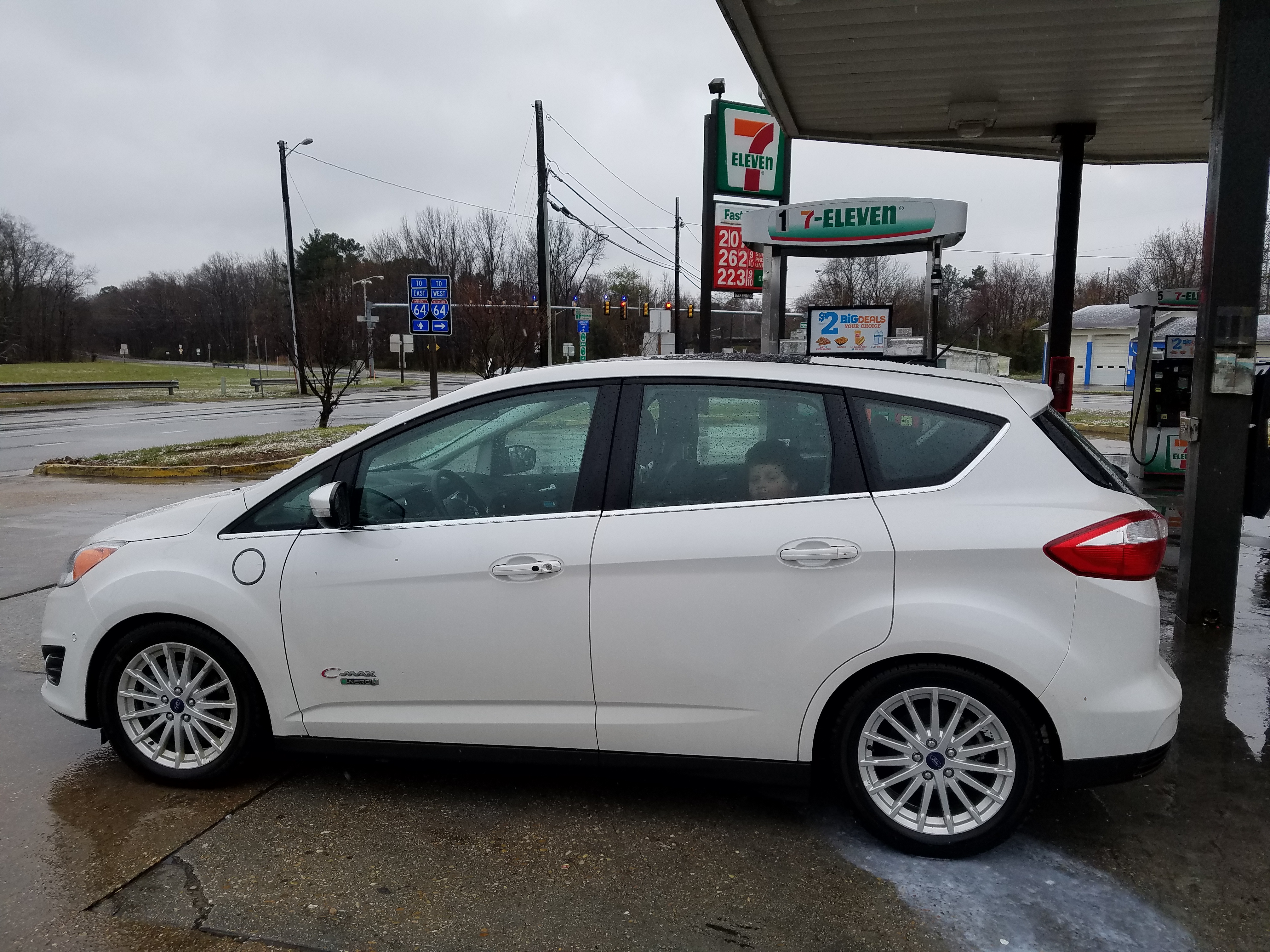For most people, lead poisoning is something we hear about in the news and then forget about the next day. But in a recent study, more than 350,000 children in the US were afflicted with lead poisoning in just one year alone–many without their parents knowing until it’s far too late. What level of exposure are your children facing and what can you do about it? Learn about the symptoms and long-term effects of lead poisoning in children and how you can best protect those you love.
See our full study to find out exactly where your state lies in the mix: 351,454 Children Lead Poisoned Across America

*New Your City is not included within New York’s data due to a lack of reported data.
**All other states not listed above did not have sufficient data to complete state summaries.

















